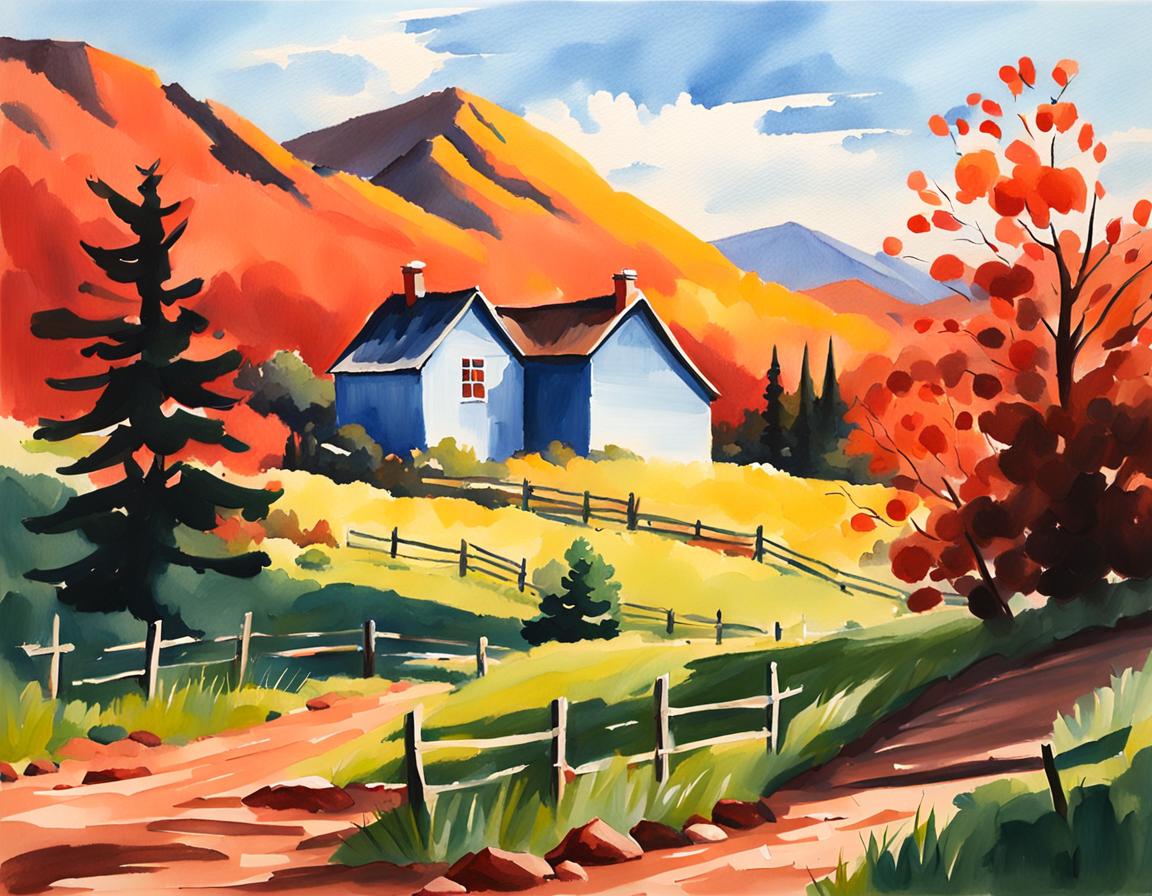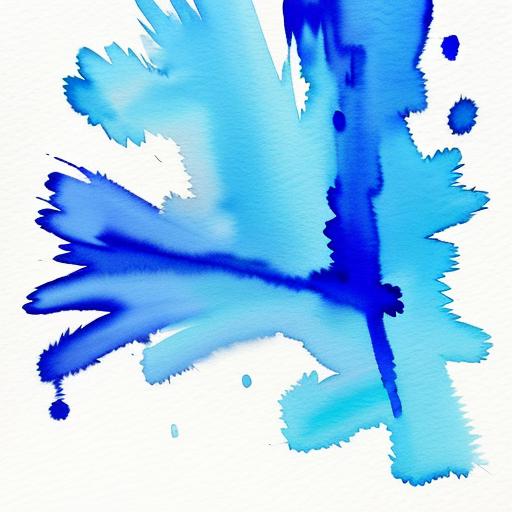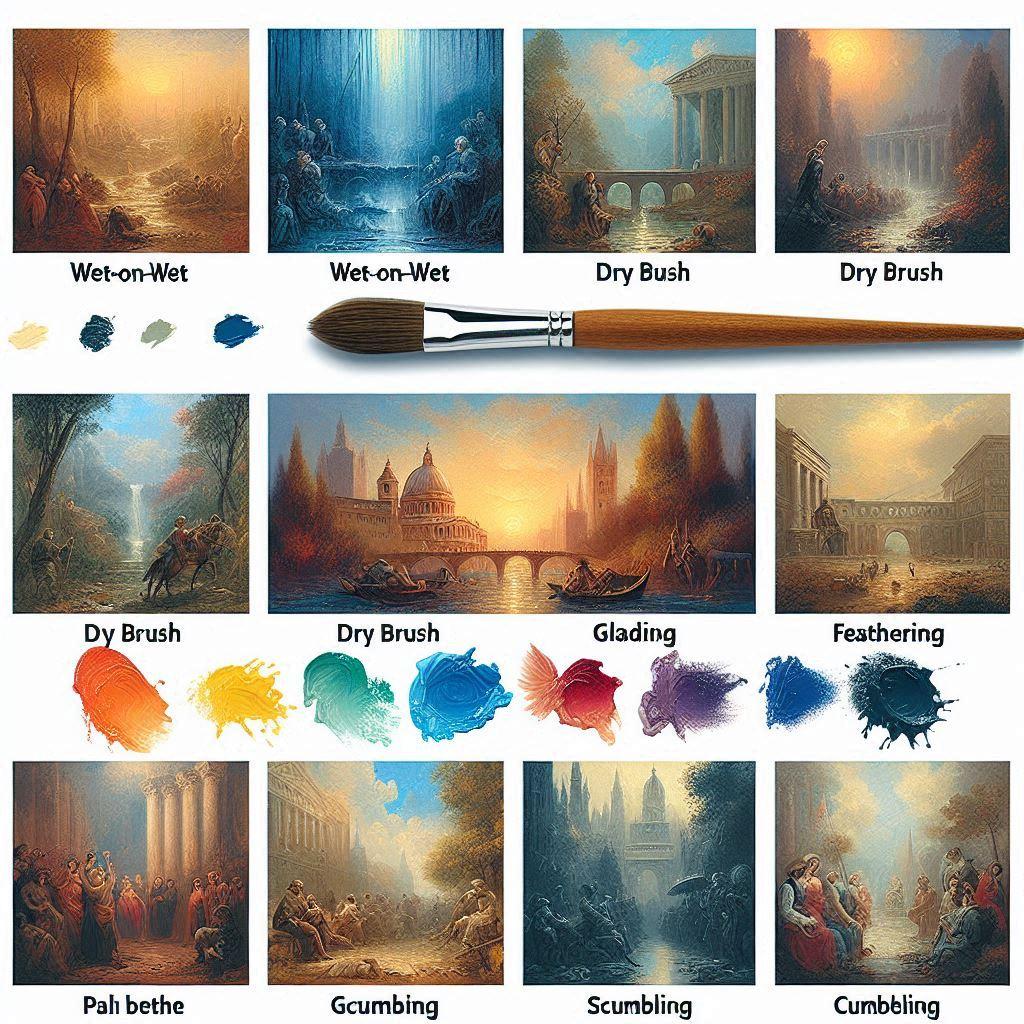Introduction to Gouache Painting: Blending the Best of Both Worlds
Gouache painting is a versatile and captivating medium that combines the vibrancy of watercolors with the depth and control of acrylics. If you’ve felt intimidated by the unpredictability of watercolors but crave a more opaque and forgiving paint, then gouache is the perfect solution. This water-based paint allows you to create rich textures, bold washes, and precise details with ease, making it an excellent choice for artists looking to expand their creative horizons.
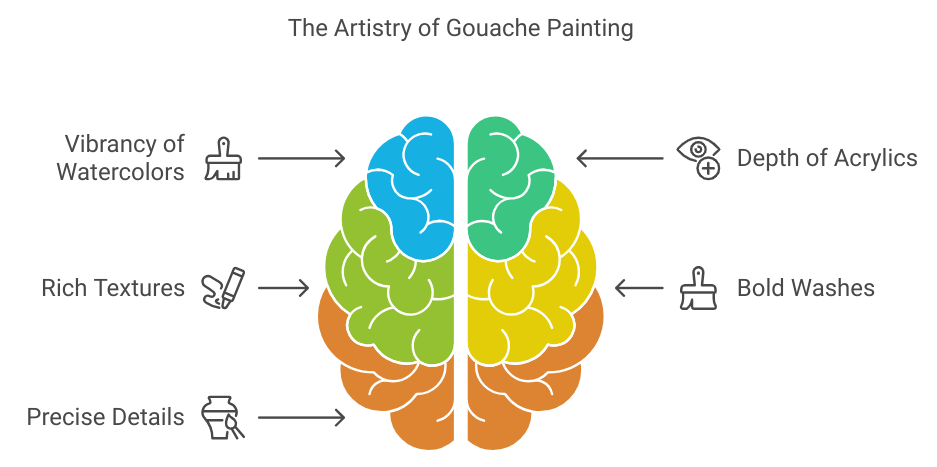
Mastering the Fundamentals of Gouache Painting Techniques
Before we dive into the more advanced gouache painting techniques, it’s essential to understand the basics. Mastering the fundamentals will give you a solid foundation to build upon and help you make the most of this versatile medium.
| Technique | Description |
|---|---|
| Drying Differences | Unlike watercolor, gouache dries to a consistent, true-to-color finish, allowing you to see your colors accurately as you work. |
| Opacity Control | By adjusting the water-to-paint ratio, you can achieve varying levels of opacity – from transparent washes to nearly opaque, acrylic-like layers. |
| Brush Selection | Experiment with different brushes to unlock a world of possibilities. Round brushes are great for details, flat brushes excel at broad strokes, and fan brushes create soft, blended transitions. |
| Layering Techniques | Build depth and richness by starting with light washes and gradually adding darker layers on top. |
| Dry Brushing | Use a nearly dry brush to create a textured surface with gouache, perfect for achieving a variety of effects. |
Understanding these basic techniques will give you the confidence to explore the more advanced gouache painting methods and unleash your full creative potential.
Exploring Creative Gouache Painting Techniques
Now that you’ve mastered the fundamentals, let’s dive into some more advanced gouache painting techniques that will help you elevate your art.
Glazing
Gouache’s unique properties allow you to apply thin, translucent layers of paint over a dry base, creating beautiful depth and luminosity. This technique is akin to adding a veil of color to your initial layers, resulting in a stunning, multidimensional effect.
Scumbling
Lightly rubbing a dry brush over a wet layer of gouache can produce a soft, hazy effect, adding texture and depth to your paintings. This technique is particularly effective for creating atmospheric backgrounds or blending colors seamlessly.
Lifting
One of the advantages of working with gouache is the ability to lift or remove paint, even after it has dried. This can be especially useful for correcting mistakes or creating unique highlights and details. Simply use a wet brush or damp sponge to lift the paint, taking care to work with fresh applications.
Masking
Incorporating masking fluid into your gouache painting process can unlock a world of creative possibilities. Use this versatile tool to block off specific areas of your canvas, allowing you to preserve the white of the paper or create intricate patterns and designs.
Impasto
Employ a palette knife to apply thick, textured layers of gouache, adding depth and dimensionality to your artwork. This technique can be particularly effective for creating bold, expressive brushstrokes or achieving a more sculptural, three-dimensional quality.
Splattering
Infuse your paintings with energy and unique textures by flicking a loaded brush or using a toothbrush to create a splatter effect. This dynamic technique can add a sense of spontaneity and movement to your compositions.
Experiment with these advanced gouache painting techniques to unlock your creative potential and develop a truly distinctive artistic style.
Exploring Different Surfaces for Gouache Painting
Gouache is a wonderfully versatile medium that can be applied to a variety of surfaces, each offering unique properties and possibilities. Explore the following options to find the perfect painting ground for your creative vision:
| Surface | Considerations |
|---|---|
| Watercolor Paper | Watercolor paper is a great option for most gouache paintings, but thicker paper is better suited for heavier applications. For best results, use a heavyweight paper (140 lb. or higher). |
| Canvas | Prime your canvas with a gesso primer to create a smooth surface for gouache. This allows you to explore the medium’s opaque and layering capabilities on a more traditional painting support. |
| Illustration Board | The ultra-smooth, neutral surface of illustration board provides an excellent foundation for your gouache paintings, allowing the colors and textures to take center stage. |
Experimenting with different surfaces will help you discover new ways to express your artistic vision and achieve the desired effects in your gouache paintings.
Advanced Gouache Painting Techniques: Unleashing Your Artistic Vision
Ready to take your gouache paintings to the next level? Explore these advanced techniques to elevate your art and push the boundaries of what’s possible with this captivating medium.
Mixing Colors
Gouache mixes beautifully, allowing you to create a wide range of hues and tones. However, it’s essential to always test your color combinations on a separate piece of watercolor paper first, as the way the paint dries can sometimes produce unexpected results.
Blending
There are numerous ways to blend gouache, from using a wet brush to gently manipulating the paint with your fingers. Remember, gouache dries quickly, so work promptly and be prepared to work in layers to achieve your desired blending effects.
Masking Fluid
Take your gouache paintings to new heights by incorporating masking fluid into your creative process. Use this versatile tool to create intricate patterns, sharp edges, and unique design elements that would otherwise be challenging to achieve.
Mastering these advanced gouache painting techniques will empower you to fully unleash your artistic vision and produce truly captivating, one-of-a-kind works of art.
Discovering Gouache Painting Inspirations and Resources
As you continue to explore and refine your gouache painting skills, it’s important to seek out inspiration from the masters of the medium and immerse yourself in the wealth of resources available.
Iconic Artists
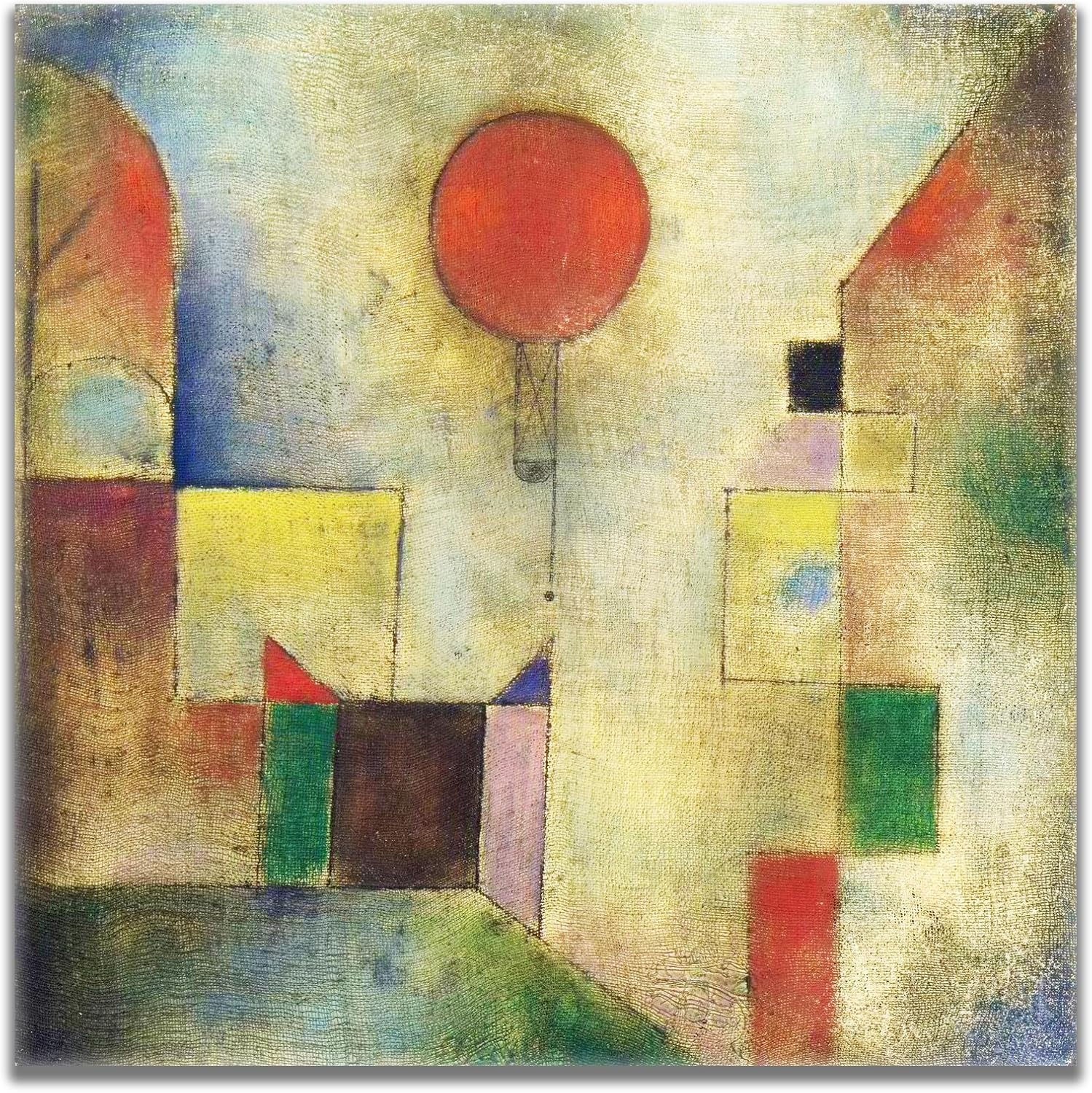
Let your work be inspired by the gouache paintings of renowned artists such as:
- Winslow Homer’s iconic seascapes
- Paul Klee’s whimsical, abstract explorations
- Georgia O’Keeffe’s stunning, naturalistic depictions
Studying the techniques and approaches of these celebrated artists can provide valuable insights and spark new ideas for your own creative journey.
Explore Resources
In addition to studying the work of gouache masters, delve into the wealth of resources available to help you continue learning and growing as a gouache painter:
- Discover art blogs and websites dedicated to the medium
- Engage with online art communities and forums for inspiration and guidance
- Invest in art books packed with gouache painting techniques and projects
By tapping into these invaluable resources, you’ll be able to continuously expand your knowledge, refine your skills, and push the boundaries of what’s possible with gouache painting.
Conclusion: Embrace the Versatility of Gouache Painting Techniques
Gouache painting techniques offer an unparalleled level of versatility, allowing you to explore a wide range of creative expressions, from vibrant washes to textured impasto. By mastering the fundamental techniques and delving into the more advanced methods, you’ll unlock your full creative potential and be able to translate your artistic vision onto the canvas with ease.
Remember, the key to success with gouache lies in your willingness to experiment, have fun, and keep pushing the boundaries of what’s possible. Embrace the unique properties of this captivating medium, and let your imagination soar. Happy painting!

